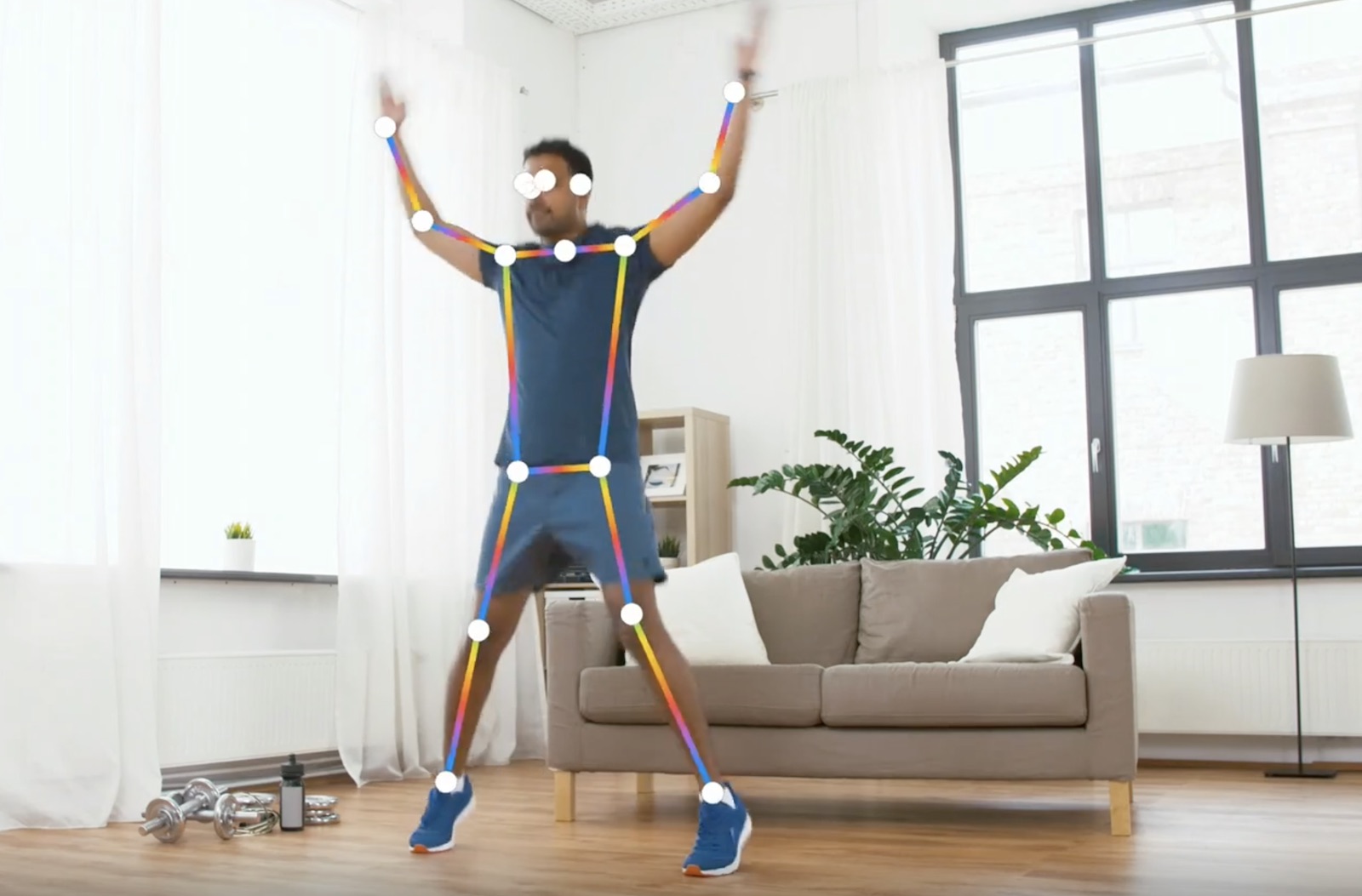The Kinect required expensive 3D scanning hardware, which ultimately Microsoft couldn't afford and discontinued. (Kinect games even attracted an additional royalty which I recall was rumored at $10) This is all done with computer vision.
That's funny, I didn't think the Xbox was a mobile phone??
Are none of you aware the TrueDepth Camera is made with PrimeSense technology, the same tech in Kinect? It works the same way, just miniaturized.How is that product and technology doing, now?

The iPhone X’s notch is basically a Kinect
The Verge is about technology and how it makes us feel. Founded in 2011, we offer our audience everything from breaking news to reviews to award-winning features and investigations, on our site, in video, and in podcasts.
And, MS continues to use that technology in Hololens.
Same here.Which is a shame, I still have mine around.



